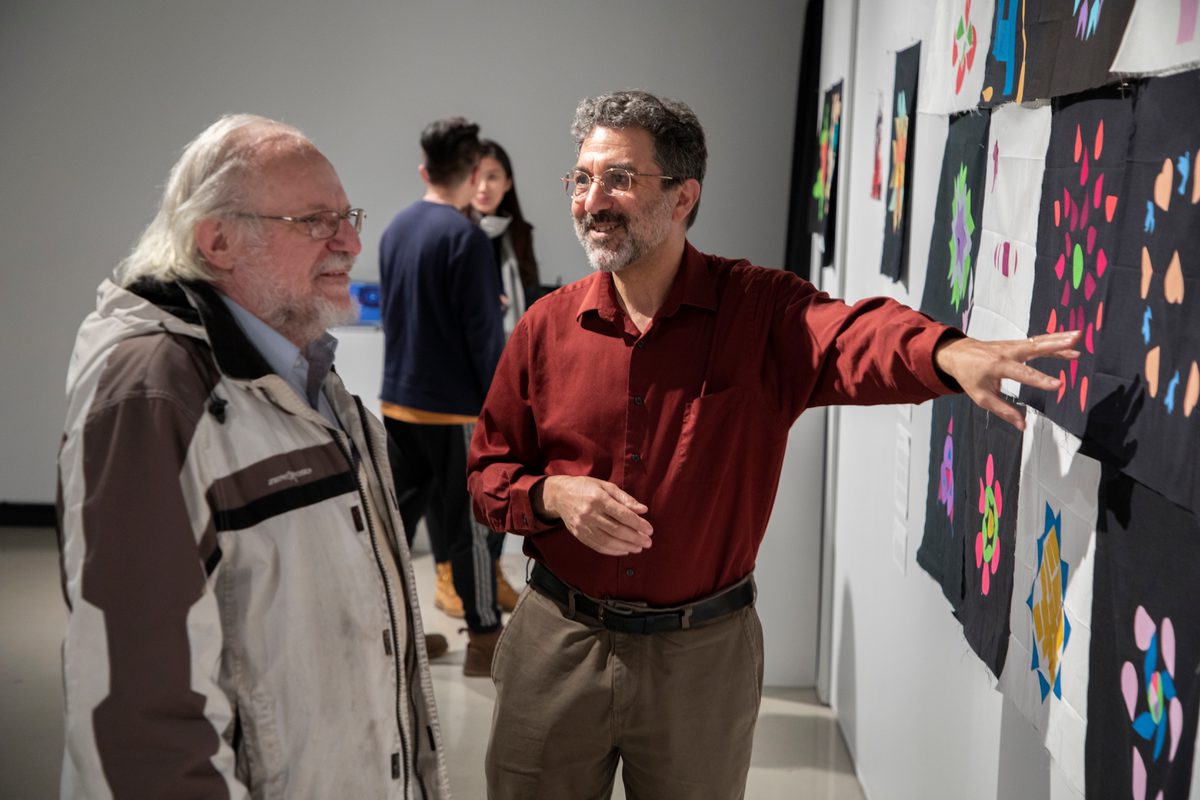Ron Eglash Interviewed for TiP

Professor Ron Eglash was featured in TiP, a media outlet that explores new concepts and creations across the arts and science. Eglash studies the relationship between mathematics and culture. In the interview, he takes readers on a journey through “African divination, marxism, mysticism, and why native tribes have a greater crop variety than the West” — all because of fractals, shapes of infinite detail and self-similarity.
At one time the height of Western design practice was exerting control. We could sculpt metal into increasingly precise forms; level mountains, replace diverse forests with uniform plantations. The folly of exclusive emphasis on top-down control came to haunt us with environmental destruction, labor exploitation, and authoritarian regimes. Indigenous traditions have had a much better understanding of how to combine top-down and bottom-up. Fractals are just one example, a sort of signature that a self-organizing process was at work, because the pattern was able to grow in an organic-like process, combining negative and positive feedback.
The Mystery of Fractals in Indigenous African Design | tip.balmondstudio.com